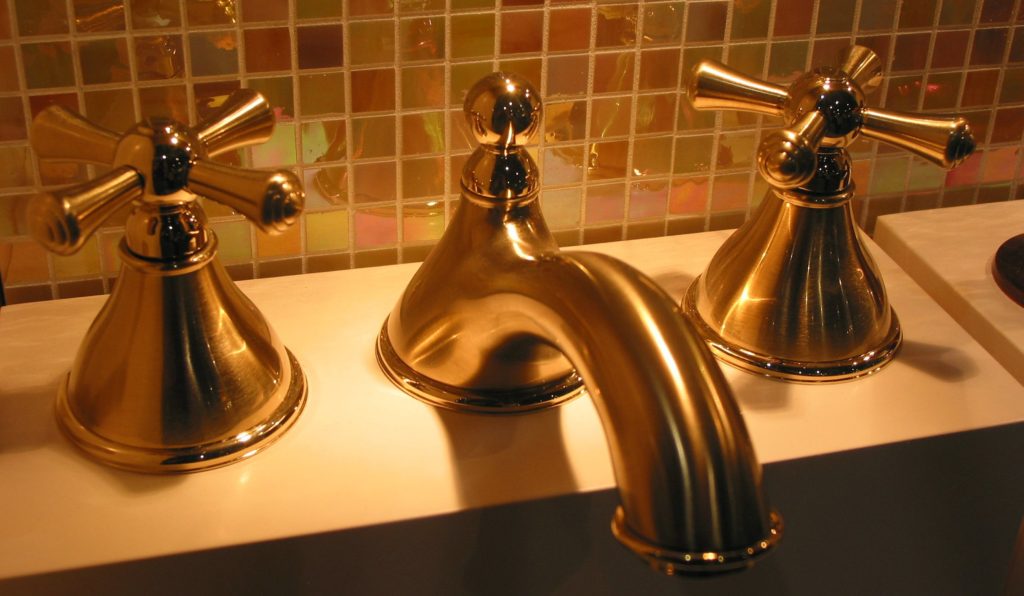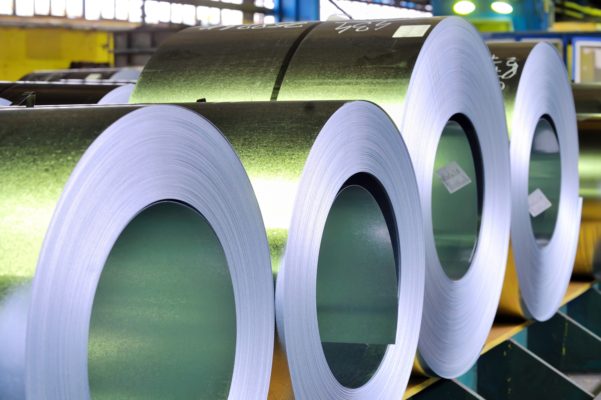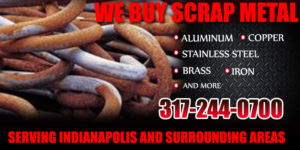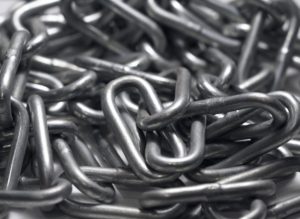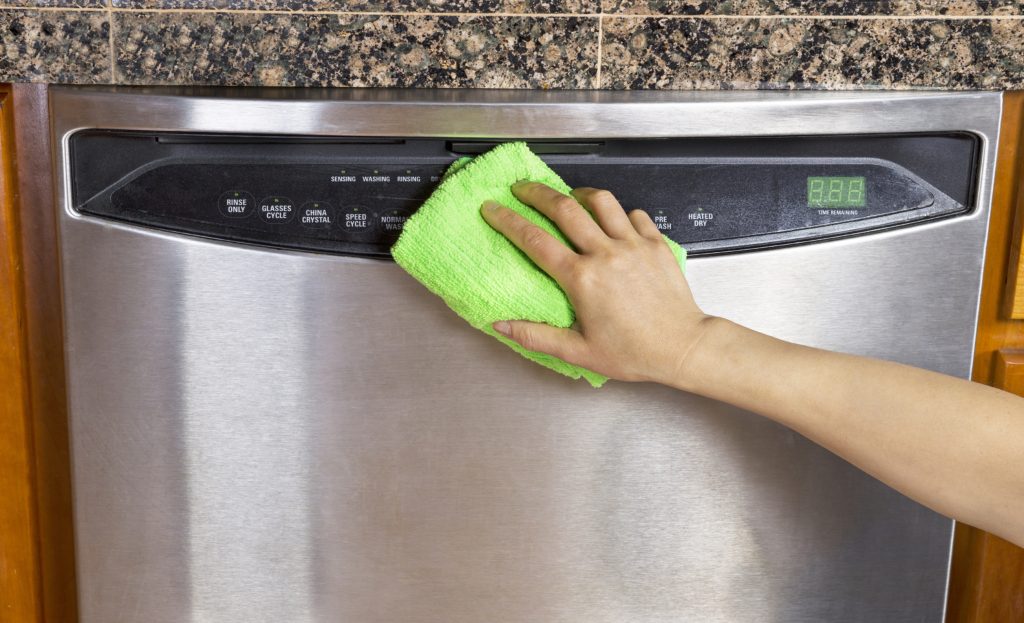Base metals are primarily found in the jewelry industry, but are also quite prevalent in various other manufacturing industries. Continue reading to learn how base metals are defined, which metals fall under this category, and more.
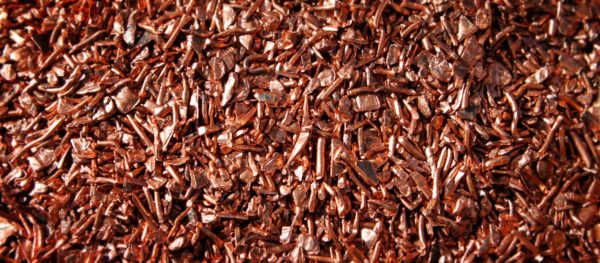
Metal Recycling Center 317-244-0700
Base Metals Defined
Technically, there is not just one definition of a base metal. In fact, there are three definitions, and each one is exercised depending on the application of the metal. The most popular and common definition of base metals are those that are not noble nor precious in nature. Noble metals and precious metals are quite similar, and also have multiple definitions and applications. To better understand the meaning of a base metal, you will need to review the basic meanings of noble and precious metals first.
Noble Metals
Noble metals include both precious and non-ferrous metals. Non-ferrous metals do not contain iron, so they are resistant to several elements and subsequent damage, including humidity, chemicals, oxidation, and more. Precious metals are naturally-occurring and retain higher economic value. Noble metals are metals that are resistant to corrosion and oxidation in moist conditions, namely humidity.
Copper is the only non-precious metal that is also a noble metal by the actual physics definition. But this is arguable since copper is vulnerable to both corrosion and oxidation. Other examples of noble metals include copper, gold, silver, iridium, platinum, rhodium, rhenium, palladium, ruthenium, osmium, mercury.
Precious Metals
A precious metal is any pure metal that is rare and occurs naturally in the environment. They are made up of natural chemical elements that retain high economic value. From a chemical standpoint, precious metals do not react as much as other elements do; in fact, they are usually ductile. Precious metals are high in luster and shine; which made them popular forms of currency in historical times. In today’s society, precious metals are viewed more as an investment or industrial commodity.
The most universally known precious metals are the chief coinage metals, gold and silver. Other examples of precious metals include platinum, rhodium, palladium, ruthenium, osmium, zirconium, beryllium, cadmium, bismuth, tungsten, selenium, mercury, cobalt, and germanium.
Secondary and Tertiary Definitions
Another common definition of base metals are metals that are a prime metallic element in an alloy. For example, bronze metal is mostly made up of copper, so copper would be the base metal of bronze. A third definition sometimes used to define base metals is the metal core underlying a coating. For example, nickel has been plated with iron or brass throughout history. In another example, galvanized steel is often coated with zinc.
The most commonly considered base metals are copper, tin, aluminum, nickel, zinc, and lead. However, according to the United States Customs and Border Protection, iron, steel, aluminum, molybdenum, tungsten, and several other “transition metals” are also considered base metals.
Recycle Scrap Metal for Cash!

Indianapolis Metal Recycling 317-244-0700

